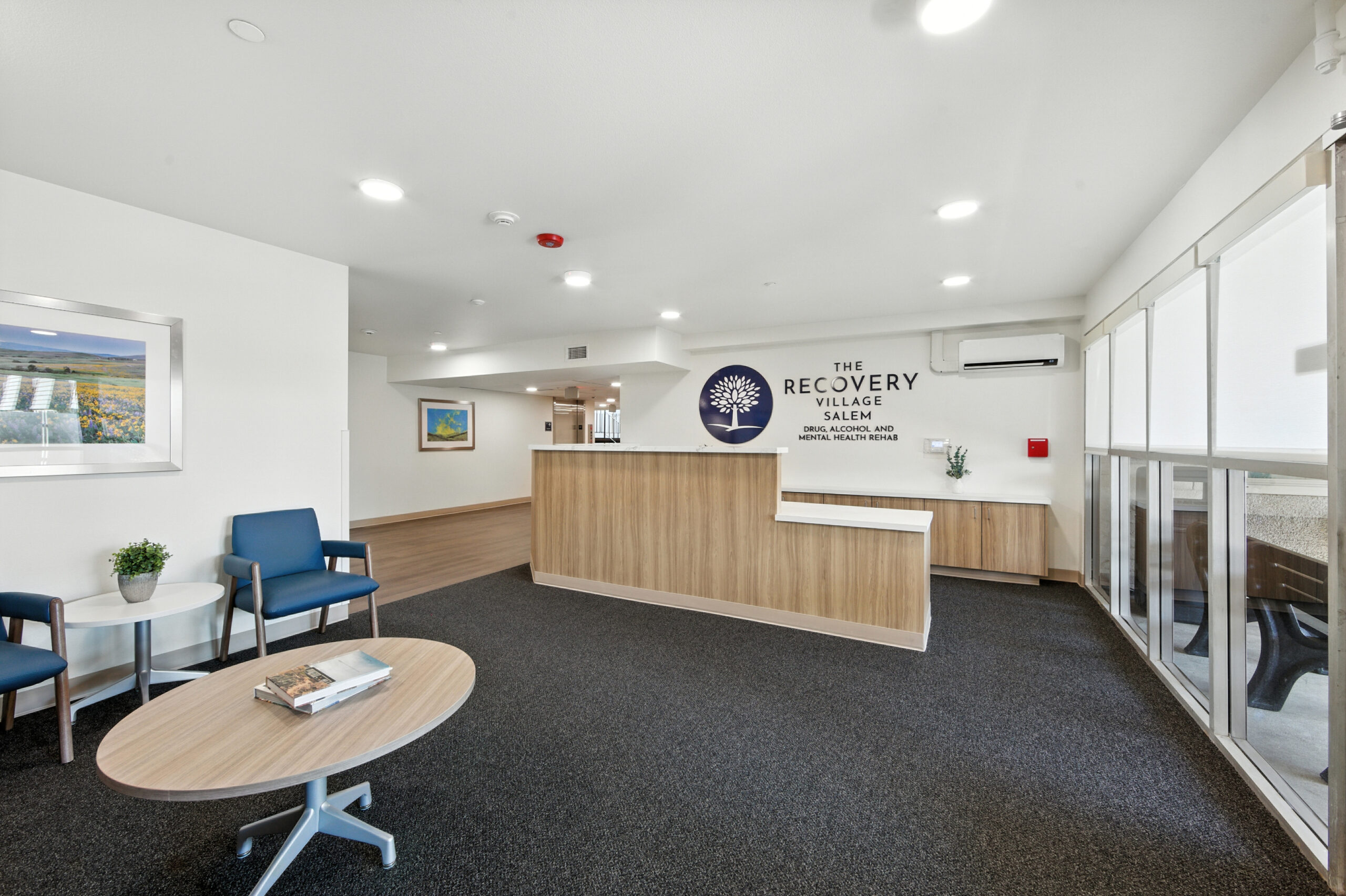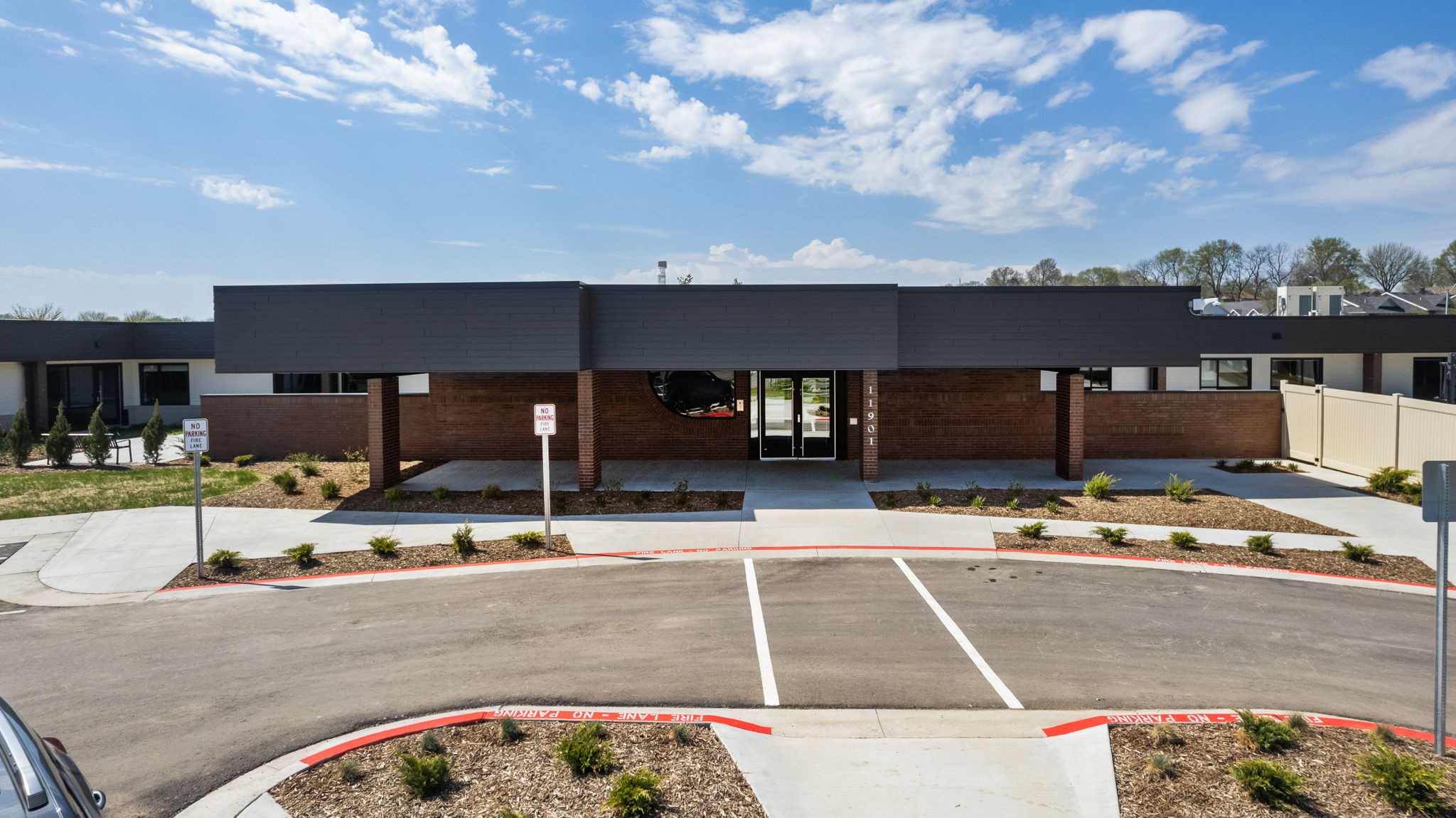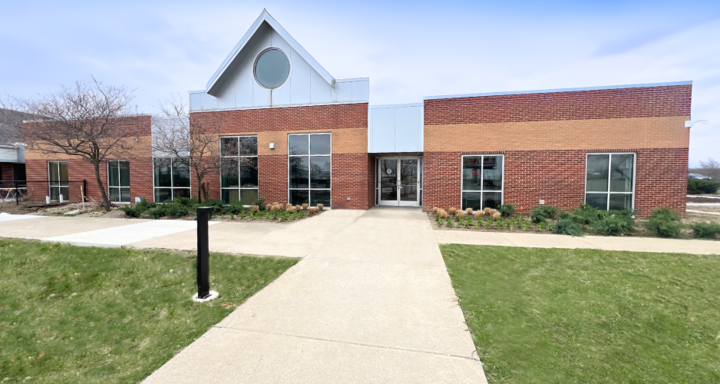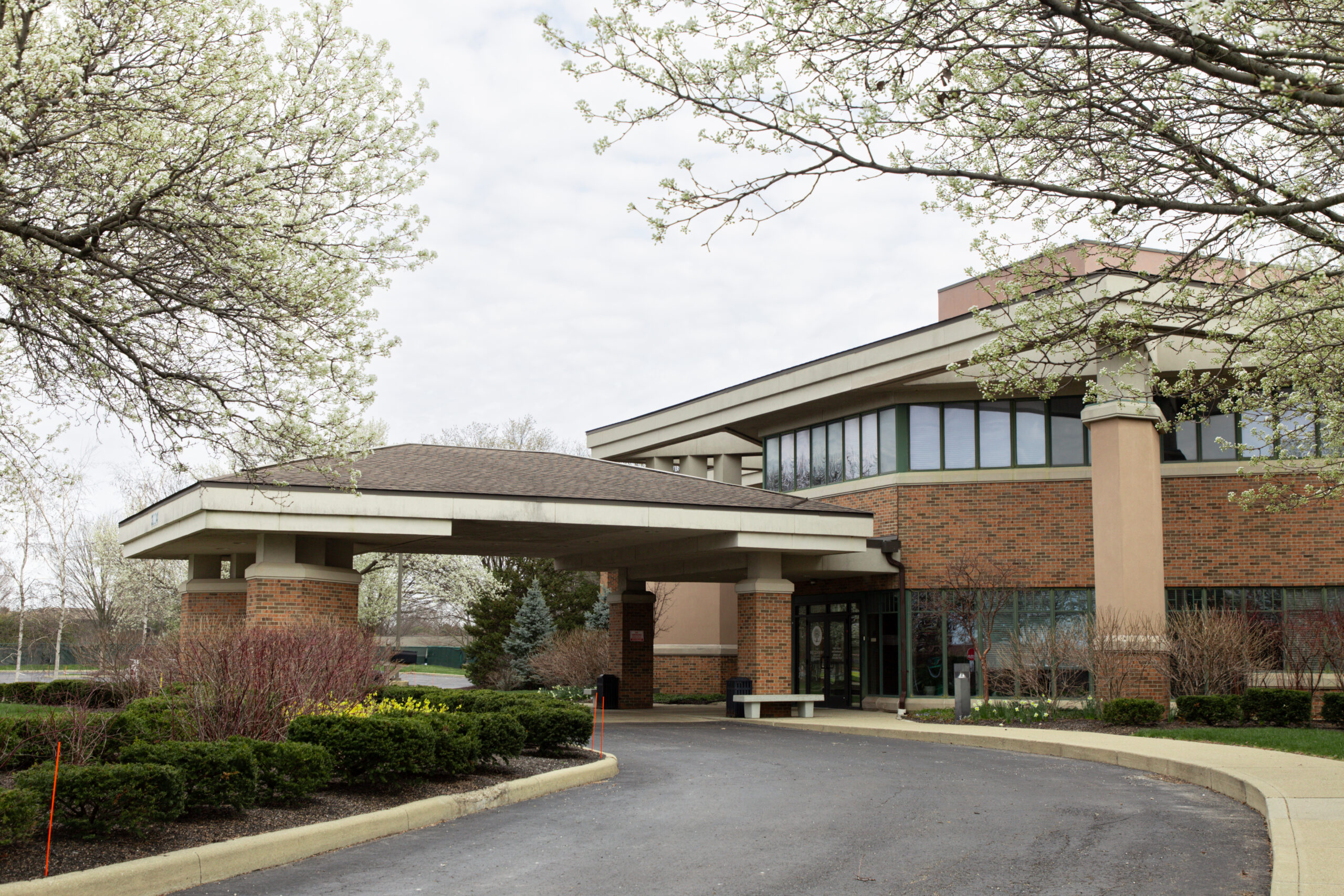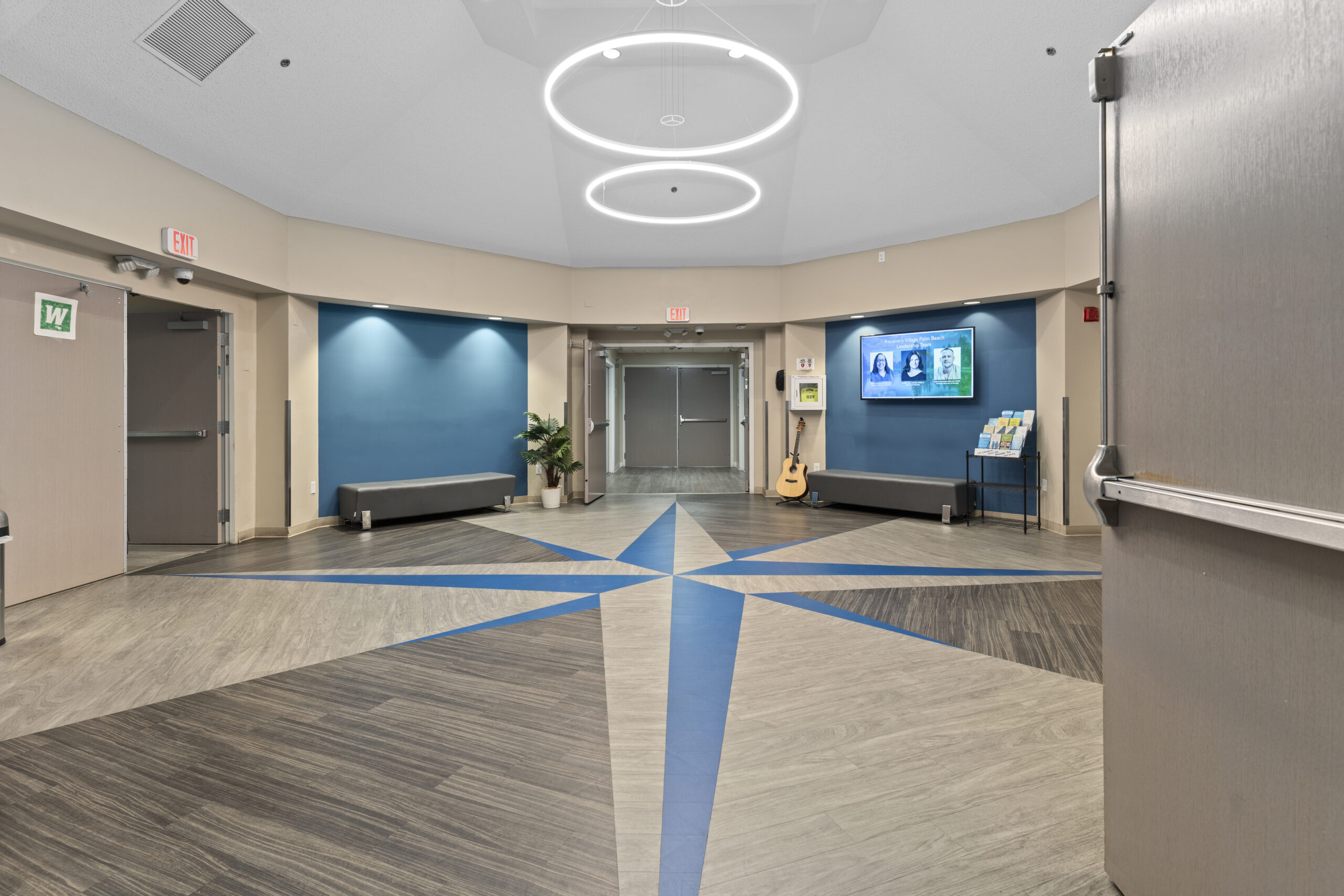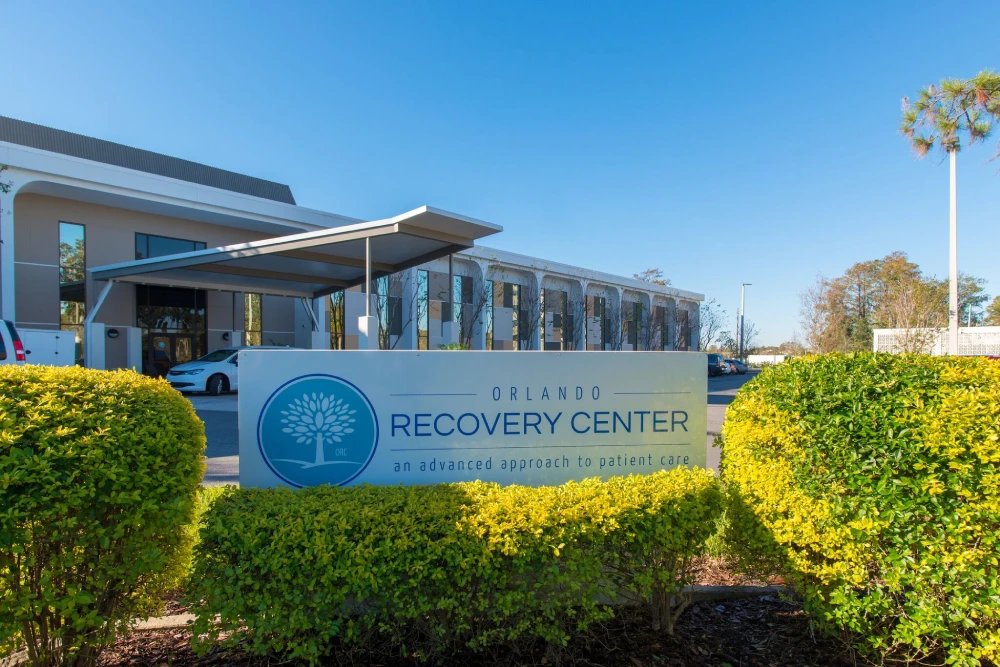Hypersomnia is a complex sleep disorder characterized by persistent, excessive daytime sleepiness despite adequate or prolonged nighttime sleep. Unlike typical tiredness that everyone experiences occasionally, hypersomnia represents a chronic neurological condition that significantly impacts daily functioning and quality of life.
What Is Hypersomnia?
Hypersomnia, also known as hypersomnolence or excessive daytime sleepiness, is a medical condition where individuals experience an overwhelming urge to sleep during daytime hours. This occurs even when they have received what would typically be considered sufficient sleep duration and quality at night.
The condition goes beyond normal fatigue or occasional sleepiness. People with hypersomnia may find themselves falling asleep at inappropriate times, such as during conversations, at work, while eating, or even while driving. These episodes of sleepiness are not voluntary and can create dangerous situations.
The term “hypersomnia” encompasses several related conditions, with idiopathic hypersomnia being the most common form where no underlying cause can be identified. According to the National Institute of Neurological Disorders and Stroke, hypersomnia typically first appears during adolescence or young adulthood, though it can develop at any age.
Types of Hypersomnia
Understanding the different classifications of hypersomnia helps in proper diagnosis and treatment planning.
Primary Hypersomnia
Primary hypersomnia occurs when excessive sleepiness is the main condition, not a symptom of another disorder. The most common form is idiopathic hypersomnia, where the cause remains unknown despite thorough medical evaluation.
Idiopathic hypersomnia is characterized by excessive daytime sleepiness without the presence of cataplexy (sudden muscle weakness) or sleep attacks that are seen in narcolepsy. People with this condition often require 11 or more hours of sleep per night and may sleep for extended periods during the day without feeling refreshed.
Secondary Hypersomnia
Secondary hypersomnia results from an underlying medical condition, medication effect, or substance use. Common causes include sleep apnea, depression, certain medications, neurological disorders, or substance abuse.
This type of hypersomnia may resolve when the underlying cause is properly treated. However, identifying and addressing the root cause is essential for effective management.
Recognizing the Symptoms
Hypersomnia symptoms extend beyond simple sleepiness and can significantly impact cognitive function and daily activities.
Core Symptoms
The primary symptom is excessive daytime sleepiness that occurs despite adequate nighttime sleep. Individuals may experience an irresistible urge to nap multiple times throughout the day, often lasting longer than typical power naps.
Sleep inertia, commonly called “sleep drunkenness,” is another hallmark symptom. This involves extreme difficulty waking up from sleep, often accompanied by confusion, disorientation, and cognitive impairment that can last for hours after awakening.
Cognitive and Emotional Symptoms
People with hypersomnia frequently experience cognitive difficulties including memory problems, difficulty concentrating, and reduced attention span. Processing speed may be slower, affecting performance at work or school.
Emotional symptoms can include increased irritability, anxiety, restlessness, and decreased energy levels. Some individuals may experience mood changes or depression as a result of the chronic nature of their condition.
Physical Manifestations
Physical symptoms may include slow speech patterns, decreased motor coordination, and automatic behaviors where individuals perform actions without conscious awareness or memory of them. Some people report visual or auditory hallucinations, particularly when transitioning between sleep and wake states.
Understanding the Causes
The exact mechanisms underlying hypersomnia remain incompletely understood, though research has identified several potential contributing factors.
Neurological Factors
Recent research suggests that hypersomnia may involve dysfunction in brain regions responsible for sleep-wake regulation. Studies have found evidence of altered neurotransmitter systems, particularly involving GABA (gamma-aminobutyric acid) pathways in the central nervous system.
Some research indicates that cerebrospinal fluid from people with idiopathic hypersomnia may contain substances that enhance GABA receptor activity, potentially contributing to excessive sleepiness.
Genetic Predisposition
Family history appears to play a role in some cases of hypersomnia. Research has identified potential genetic variants that may increase susceptibility to developing the condition, though no single gene has been definitively linked to hypersomnia.
Studies have found that certain HLA (human leukocyte antigen) types may be more common in people with hypersomnia, suggesting an immune system component to the disorder.
Environmental and Medical Triggers
Various factors may trigger the onset of hypersomnia in susceptible individuals. These can include viral infections, head trauma, changes in sleep-wake patterns, stress, or exposure to general anesthesia.
Underlying medical conditions such as hypothyroidism, depression, multiple sclerosis, epilepsy, or tumors affecting the central nervous system can also contribute to hypersomnia development.
Diagnosis and Medical Evaluation
Proper diagnosis of hypersomnia requires comprehensive evaluation by a healthcare provider, typically a sleep specialist or neurologist.
Clinical Assessment
The diagnostic process begins with a detailed medical history and physical examination. Healthcare providers will inquire about sleep patterns, daytime symptoms, family history, medications, and any underlying medical conditions.
Patients may be asked to maintain a sleep diary for one to two weeks, recording sleep and wake times, nap duration, and sleepiness levels throughout the day. This information helps distinguish hypersomnia from insufficient sleep syndrome.
Objective Testing
Polysomnography (overnight sleep study) is typically performed to rule out other sleep disorders such as sleep apnea that could cause secondary hypersomnia. This test monitors brain waves, heart rate, breathing patterns, and muscle activity during sleep.
The Multiple Sleep Latency Test (MSLT) measures how quickly someone falls asleep during scheduled daytime naps. People with hypersomnia typically fall asleep very quickly (within 8 minutes on average) and may enter REM sleep rapidly.
Actigraphy, using a watch-like device worn on the wrist, may be employed to monitor sleep-wake patterns over extended periods in the home environment.
Differential Diagnosis
Healthcare providers must carefully distinguish hypersomnia from other conditions that cause excessive sleepiness. This includes ruling out narcolepsy, insufficient sleep syndrome, circadian rhythm disorders, and psychiatric conditions such as depression.
The absence of cataplexy and the pattern of unrefreshing naps help differentiate idiopathic hypersomnia from narcolepsy. Unlike insufficient sleep syndrome, hypersomnia persists even when adequate sleep opportunities are provided.
Treatment Approaches
While there is currently no cure for hypersomnia, various treatment strategies can help manage symptoms and improve quality of life.
Pharmacological Treatments
The FDA has approved one medication specifically for idiopathic hypersomnia. Xywav (calcium, magnesium, potassium, and sodium oxybates) was approved in 2021 for treating excessive daytime sleepiness in adults with idiopathic hypersomnia.
Other medications used off-label include stimulants such as modafinil, armodafinil, methylphenidate, and amphetamines. These medications help promote wakefulness during daytime hours, though their effectiveness varies among individuals.
Medication selection depends on individual factors including symptom severity, other medical conditions, and potential side effects. Regular monitoring by healthcare providers is essential to optimize treatment effectiveness and minimize adverse effects.
Sleep Hygiene and Lifestyle Modifications
Maintaining consistent sleep schedules is crucial for managing hypersomnia symptoms. Going to bed and waking up at the same times daily, even on weekends, helps regulate the body’s internal clock.
Creating an optimal sleep environment includes keeping the bedroom cool, dark, and quiet. Avoiding caffeine, alcohol, and large meals close to bedtime can improve sleep quality.
Regular exercise, preferably earlier in the day, may help improve alertness and overall sleep quality. However, vigorous exercise should be avoided close to bedtime as it may interfere with sleep onset.
Strategic Napping
While long, unrefreshing naps are characteristic of hypersomnia, some people may benefit from scheduled short naps. Working with healthcare providers to determine optimal nap timing and duration can help maintain alertness during critical periods.
Limiting naps to 20-30 minutes and avoiding late afternoon napping may help preserve nighttime sleep quality while providing some daytime relief.
Living with Hypersomnia
Managing hypersomnia requires ongoing attention to safety, workplace accommodations, and psychosocial support.
Safety Considerations
The most significant safety concern for people with hypersomnia is the increased risk of accidents, particularly while driving or operating machinery. Individuals should work with their healthcare providers to assess driving safety and may need to restrict driving during periods of severe sleepiness.
Workplace safety measures may include avoiding jobs that require sustained attention or operating dangerous equipment. Open communication with employers about accommodation needs is important for maintaining employment while ensuring safety.
Workplace and Academic Accommodations
Many people with hypersomnia benefit from workplace or academic accommodations. These may include flexible scheduling, allowing for strategic naps, modified work environments, or adjustments to meeting times to align with periods of peak alertness.
The Americans with Disabilities Act may provide protections for individuals with hypersomnia, ensuring access to reasonable accommodations that enable them to perform essential job functions.
Psychological and Social Support
Living with a chronic condition like hypersomnia can impact mental health and relationships. Counseling or therapy may help individuals develop coping strategies and address any secondary depression or anxiety.
Support groups, either in-person or online, can provide valuable connections with others who understand the challenges of living with hypersomnia. Family education about the condition helps loved ones provide appropriate support.
Prognosis and Long-term Outlook
The long-term outlook for hypersomnia varies considerably among individuals. Some people experience stable symptoms that can be effectively managed with treatment, while others may see fluctuations in symptom severity over time.
Early diagnosis and appropriate treatment generally lead to better outcomes. With proper management, many individuals with hypersomnia can maintain productive lives and careers, though ongoing medical supervision is typically necessary.
Research into hypersomnia continues, with new treatment approaches being investigated. Future therapies may target specific neurobiological pathways involved in sleep-wake regulation, potentially offering more effective treatment options.
When to Seek Medical Help
Individuals should consult with a healthcare provider if they experience persistent excessive daytime sleepiness that interferes with daily activities, despite getting adequate nighttime sleep. Warning signs that warrant immediate medical attention include falling asleep while driving, significant impairment in work or school performance, or symptoms that worsen over time.
Early intervention can help prevent complications and improve quality of life. Sleep specialists have specialized training in diagnosing and treating sleep disorders and can provide comprehensive evaluation and treatment planning.
Healthcare providers can also help differentiate hypersomnia from other conditions with similar symptoms, ensuring appropriate treatment approaches are implemented.
Conclusion
Hypersomnia is a complex neurological sleep disorder that significantly impacts those affected. While the exact causes remain under investigation, effective treatments are available to help manage symptoms and improve quality of life.
Understanding the condition, recognizing symptoms, and seeking appropriate medical care are essential steps in managing hypersomnia. With proper diagnosis and treatment, many individuals can successfully manage their symptoms and maintain productive, fulfilling lives.
Ongoing research continues to expand our understanding of hypersomnia, offering hope for more targeted and effective treatments in the future. For those living with hypersomnia, working closely with healthcare providers and implementing comprehensive management strategies can make a significant difference in symptom control and overall well-being.






